- Region
- Águilas
- Alhama de Murcia
- Jumilla
- Lorca
- Los Alcázares
- Mazarrón
- San Javier
-
ALL AREAS & TOWNS
- AREAS
- SOUTH WEST
- MAR MENOR
- MURCIA CITY & CENTRAL
- NORTH & NORTH WEST
- TOWNS
- Abanilla
- Abarán
- Aguilas
- Alamillo
- Alcantarilla
- Aledo
- Alhama de Murcia
- Archena
- Balsicas
- Blanca
- Bolnuevo
- Bullas
- Cañadas del Romero
- Cabo de Palos
- Calasparra
- Camping Bolnuevo
- Campo De Ricote
- Camposol
- Canada De La Lena
- Caravaca de la Cruz
- Cartagena
- Cehegin
- Ceuti
- Cieza
- Condado de Alhama
- Corvera
- Costa Cálida
- Cuevas De Almanzora
- Cuevas de Reyllo
- El Carmoli
- El Mojon
- El Molino (Puerto Lumbreras)
- El Pareton / Cantareros
- El Raso
- El Valle Golf Resort
- Fortuna
- Fuente Alamo
- Hacienda del Alamo Golf Resort
- Hacienda Riquelme Golf Resort
- Isla Plana
- Islas Menores & Mar de Cristal
- Jumilla
- La Azohia
- La Charca
- La Manga Club
- La Manga del Mar Menor
- La Pinilla
- La Puebla
- La Torre
- La Torre Golf Resort
- La Unión
- Las Palas
- Las Ramblas
- Las Ramblas Golf
- Las Torres de Cotillas
- Leiva
- Librilla
- Lo Pagan
- Lo Santiago
- Lorca
- Lorquí
- Los Alcázares
- Los Balcones
- Los Belones
- Los Canovas
- Los Nietos
- Los Perez (Tallante)
- Los Urrutias
- Los Ventorrillos
- Mar De Cristal
- Mar Menor
- Mar Menor Golf Resort
- Mazarrón
- Mazarrón Country Club
- Molina de Segura
- Moratalla
- Mula
- Murcia City
- Murcia Property
- Pareton
- Peraleja Golf Resort
- Perin
- Pilar de la Horadada
- Pinar de Campoverde
- Pinoso
- Playa Honda
- Playa Honda / Playa Paraíso
- Pliego
- Portmán
- Pozo Estrecho
- Puerto de Mazarrón
- Puerto Lumbreras
- Puntas De Calnegre
- Region of Murcia
- Ricote
- Roda Golf Resort
- Roldan
- Roldan and Lo Ferro
- San Javier
- San Pedro del Pinatar
- Santiago de la Ribera
- Sierra Espuña
- Sucina
- Tallante
- Terrazas de la Torre Golf Resort
- Torre Pacheco
- Totana
- What's On Weekly Bulletin
- Yecla


- EDITIONS:
 Spanish News Today
Spanish News Today
 Alicante Today
Alicante Today
 Andalucia Today
Andalucia Today
Casa-Museo Miguel Hernández
The humble beginnings of the poet who died for his political beliefs
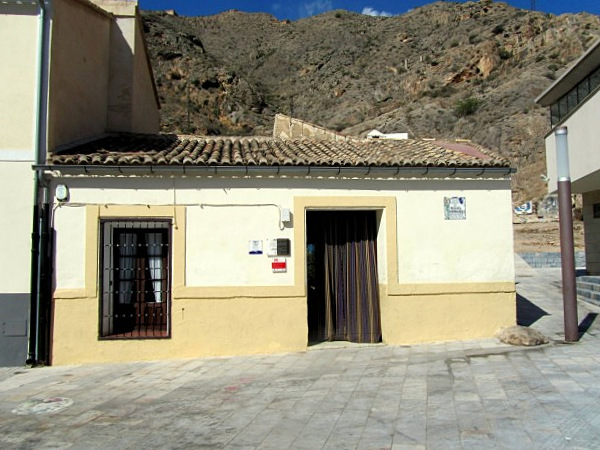 The former home of poet Miguel Hernández, who died in 1942 while imprisoned for his outspoken opposition to the nationalist cause in the years following the Spanish Civil War, has now been opened as a place of homage and a museum not only to Miguel Hernández himself but also to the way of life in the early twentieth century in this part of Spain.
The former home of poet Miguel Hernández, who died in 1942 while imprisoned for his outspoken opposition to the nationalist cause in the years following the Spanish Civil War, has now been opened as a place of homage and a museum not only to Miguel Hernández himself but also to the way of life in the early twentieth century in this part of Spain.
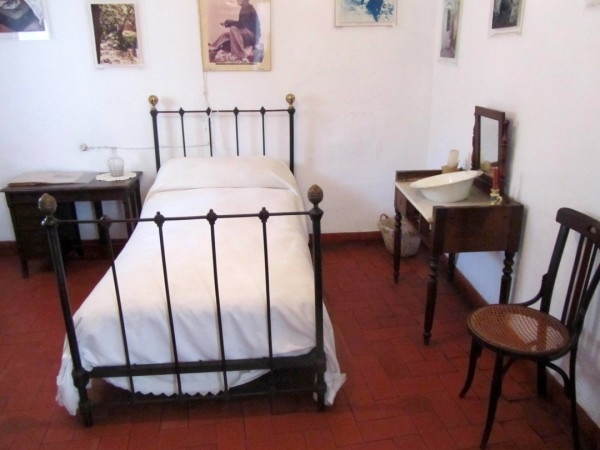
The first word which springs to mind in describing the house is “small”, and quite possibly the second world would be “humble”. Surrounded by impressive monuments and ornate architecture, this is nothing more than a single-storey dwelling with a small plot of land behind it. Miguel Hernández’s family was poor, but no poorer than the neighbours – his father was a goatherd and his mother a housewife, looking after the four of her seven children who had survived infancy.
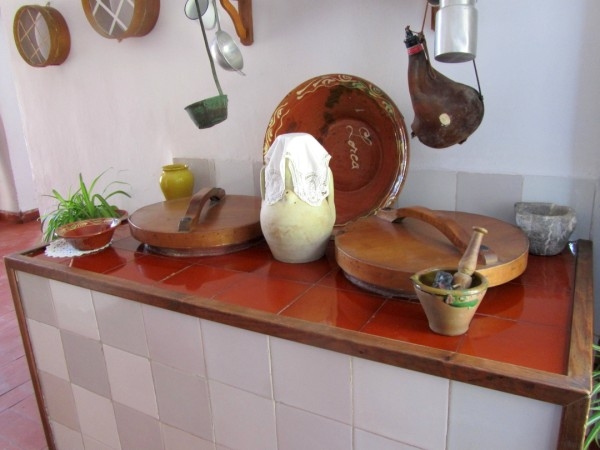
The layout of the house is so simple it barely needs describing. There are three bedrooms, two small living-rooms and a kitchen area, all of which have been decorated with furniture typical of the era, although only the washstand actually belonged to the poet’s family. At the rear of the house there is an upstairs grain store.
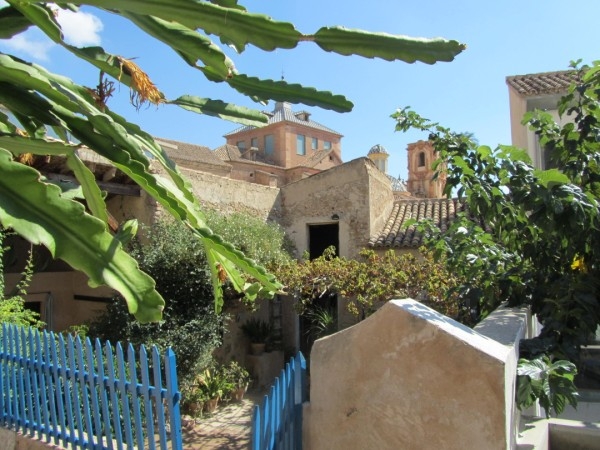 Outside is a latrine and a tiered garden, which includes small beds where vegetables would have been grown and a tiny shed which housed the family goats, as well as a fig-tree, a well and a
Outside is a latrine and a tiered garden, which includes small beds where vegetables would have been grown and a tiny shed which housed the family goats, as well as a fig-tree, a well and a 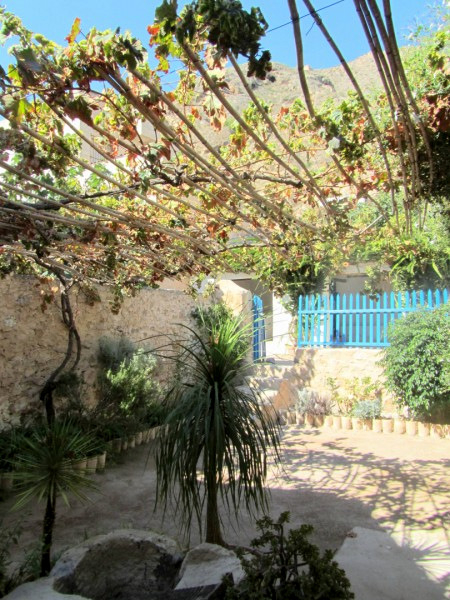 woodshed. From the garden it is possible to see the tower and dome of the nearby Colegio Santo Domingo and on the other side the steep mountainside on which it is possible to make out a small cave in which we are told the young Miguel sat with his books, looking down on his parents working in the garden below and at the same concealing the love of poetry which angered his father.
woodshed. From the garden it is possible to see the tower and dome of the nearby Colegio Santo Domingo and on the other side the steep mountainside on which it is possible to make out a small cave in which we are told the young Miguel sat with his books, looking down on his parents working in the garden below and at the same concealing the love of poetry which angered his father.
He received a basic school education but was encouraged to explore his interest in literature by a local priest, who encouraged him to read Spanish classics and aim to make a living from literature, a path bitterly opposed by his father.
To read his story, Click Miguel Hernández, the poet of Orihuela
The property was acquired by the Town Hall in 1981, and the museum opened its doors to the public on 28th March 1985.
One of the most inspiring monuments to Miguel Hernández is the series of murals in the District of San Isidro, a vibrant series of murals painted at the beginning of the transition to democracy following the death of General Franco. Hernández was an outspoken Republican sympathizer, paying for his opinions with his life. Click for Murales de San Isidro
Currently the opening hours are as follows:
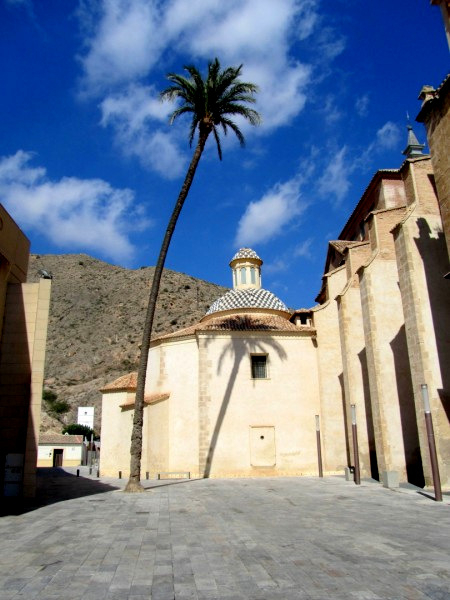 Tuesday to Saturday 10.00 to 14.00 and 16.00 to 19.00 (Jun1 to September 30 17.00 to 20.00), Sundays 10.00 to 14.00 only. On Mondays the house is closed to the public.
Tuesday to Saturday 10.00 to 14.00 and 16.00 to 19.00 (Jun1 to September 30 17.00 to 20.00), Sundays 10.00 to 14.00 only. On Mondays the house is closed to the public.
Location:
The house is located in the Calle Miguel Hernández, popularly known in the city as the Calle de Arriba (it runs around the mountain at the top of the town). It’s the last house before the street ends at the Colegio de Santo Domingo and the Centro Hernandino.
Click for map, Calle Miguel Hernández, Orihuela
